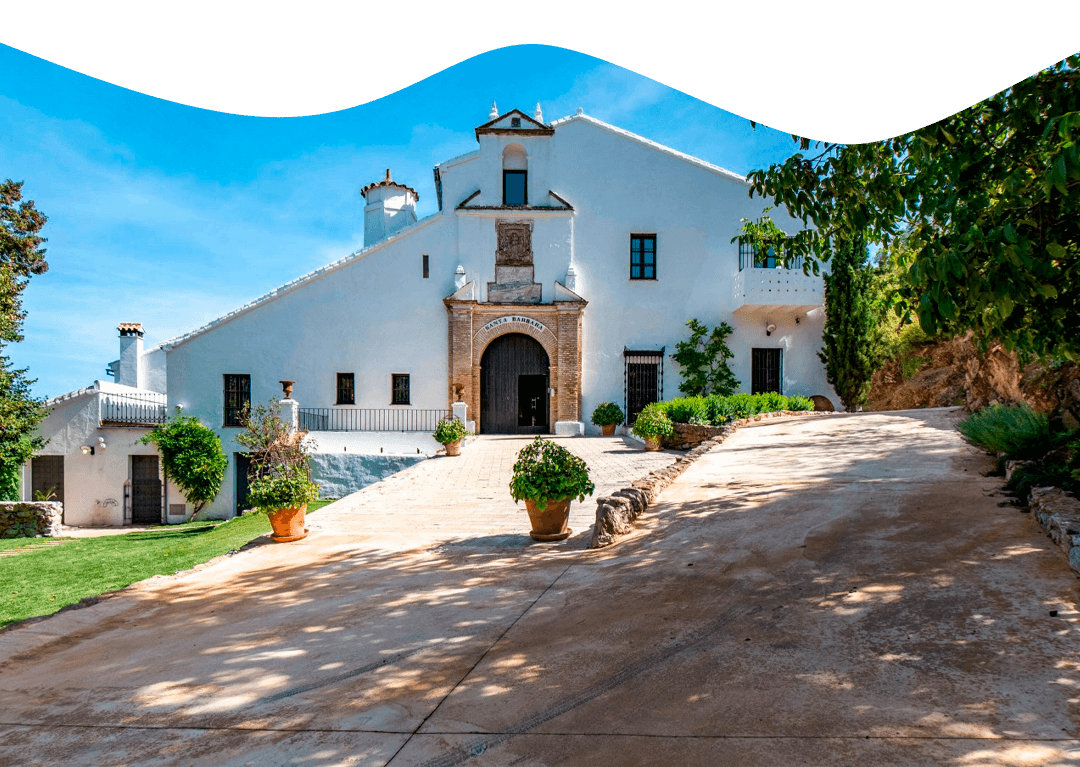Meet Constantina
Location
Constantina is located in the northeast of the province of Seville. It has a municipal area of 483 Km2, integrated almost entirely in the Natural Park “Sierra Morena de Sevilla”.
The urban center is located 556 meters above sea level, seated on the Valley of the Bear, conditioning its unique and sinuous structure, which enhances the beauty and typicality of its streets, squares and corners. Its geographical coordinates are 37º 52′ N, 5º 37′ W and it is located 80 kilometers from the capital.
The main elevation is the Cerro Negrillo with 903 meters of altitude. The municipality of Constantina borders the Sevillian municipalities of San Nicolás del Puerto, Alanís, Las Navas de la Concepción, La Puebla de los Infantes, Villanueva del Río y Minas, Lora del Río, El Pedroso and Cazalla de la Sierra.
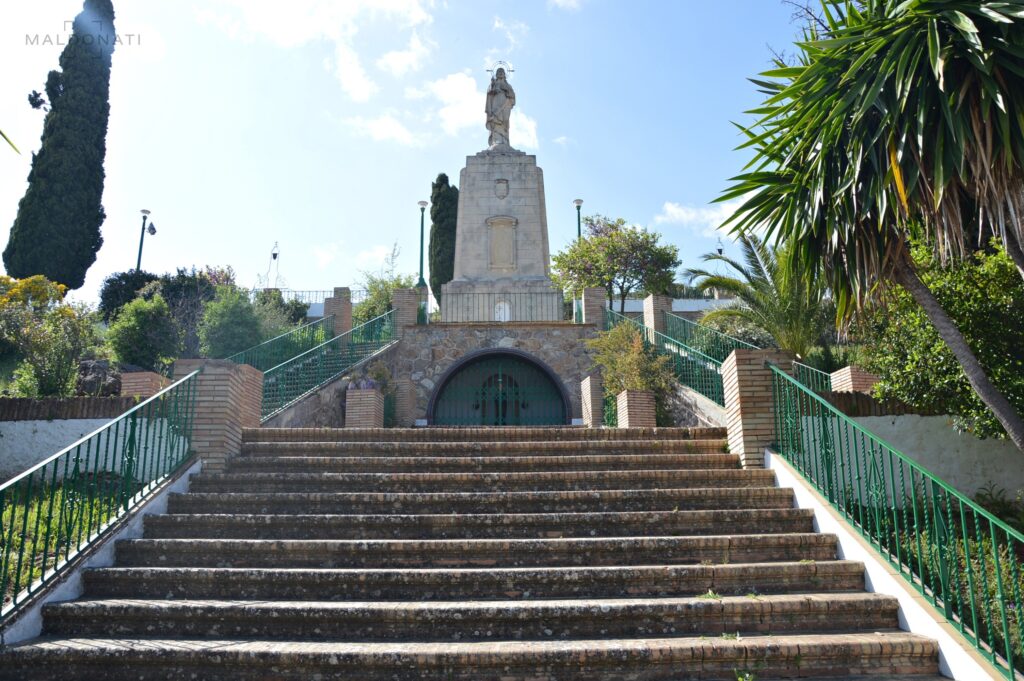
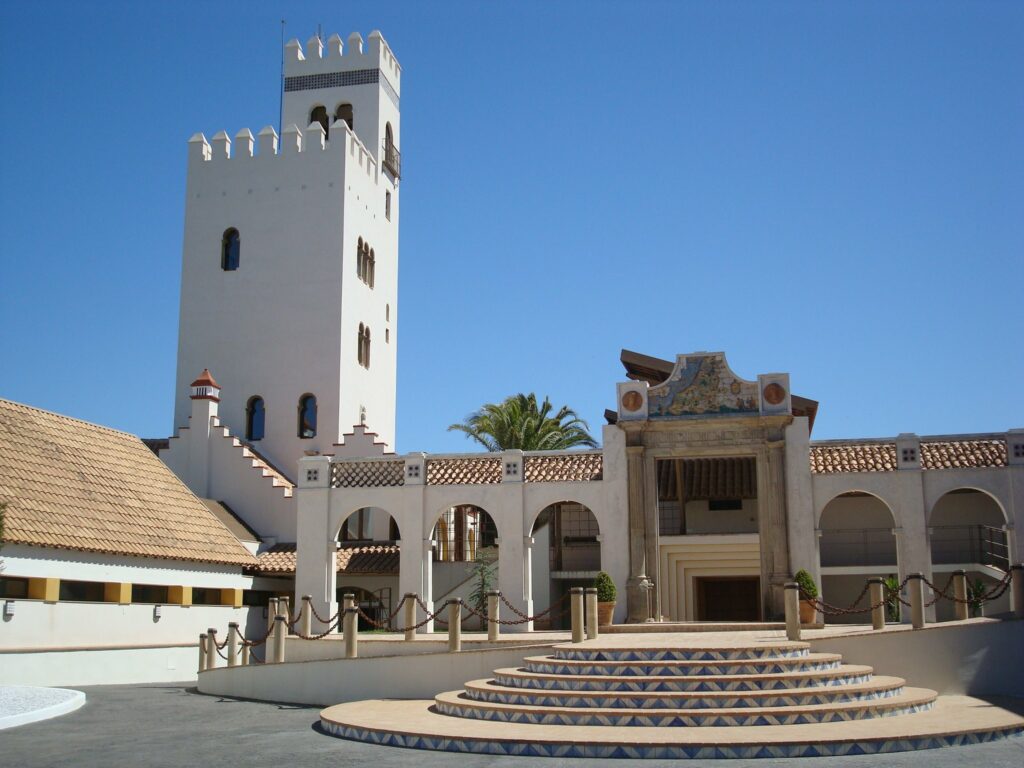
In the heart of the Sierra Morena Sevillana, Constantina stands out for its beauty, an authentic place to enjoy an interesting history, good gastronomy and magnificent natural surroundings. Constantina is located in the Natural Park of Sierra Morena de Sevilla, being the most populous municipality in the region (in 2021 had 5,864 inhabitants INE).
It is located in the Valley of the Osa, next to the hill of the Castle, 556 meters high. Its rich heritage has caused some of its buildings have been awarded the distinction of Cultural Interest, which together with its historical past make the town a great place to visit for any lover of archeology and history. Its gastronomy makes the village an ideal place to taste the essence of the area, from Iberian meats, cured meats, country products, handmade cakes, etc….
Up to a wide range of wineries in the area which catalog Constantina is a place with a huge oenological diversity, being these wineries worth visiting and savoring, as well as its restaurants, taverns and bakeries, greatly committed to preserving the tradition and gastronomic authenticity of Constantina. It is necessary to emphasize the multiple possibilities of Active, Rural and Nature Tourism that are empowered by the natural environment of the town, from several trails to the possibility of staying in rural lodgings in the area.
At certain times of the year a great impulse is also given to mycology through some days that are carried out between mid and late November. Another of the strengths of this natural wealth is the possibility that there are multiple meadows and farms that support the primary sector of the area through livestock farms and cattle farms settled in the municipality of our people, all this is reflected in Muestra Ganatur, the livestock fair reference of the region and the province of Seville, which is held in Constantina in mid-May.
We also have to make reference, that Constantina has multiple churches and brotherhoods, which give rise to a spectacular Holy Week, and various celebrations throughout the year. The Virgen del Robledo, who is the patron saint of Constantina, has a multitude of cults during its calendar, has its hermitage located 1.5 kilometers northeast of the town. One of the last distinctions that we were awarded was that of Collaborating Entity of the Unesco World Geopark Sierra Norte de Sevilla.
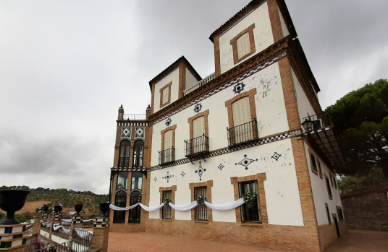
A LITTLE BIT OF HISTORY
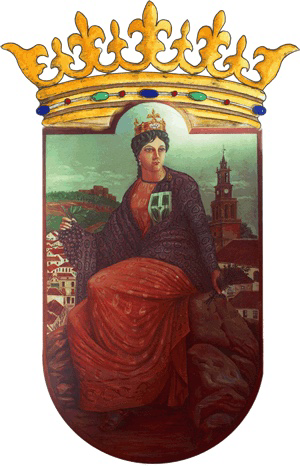
Heráldica
Se usa desde tiempos de Felipe II.
En campo de azur: Una matrona coronada, sentada sobre una roca, y sosteniendo en la mano derecha un racimo de uvas y en la izquierda una rama de olivo. Se debe relacionar este escudo con el origen romano de la localidad. El racimo de uvas y la rama de olivo representan la producción vinícola y olivarera de la ciudad. Este escudo ya se utilizaba en tiempos de Felipe II.
Ancient Age
The most remote archaeological remains found in caves near the edge of the current town of Constantina are samples of occupation of the Chalcolithic period.
The sources speak of an occupation by the Celts beturienses and archaeology testifies commercial contact with Phoenicians and Punic presence.
The Celtic period settlement was called Lacunimurgi, a toponym that was renewed during the years of Roman colonization by Constancia Iulia, whose archaeological remains are located in the so-called Cerro del Almendro, becoming a settlement that even minted coins. It was therefore an enclave whose importance lay basically in its strategic location both in relation to the route of the roads that connected the Guadalquivir Valley and Lusitania and for the use of natural resources related to the mining of copper and silver.
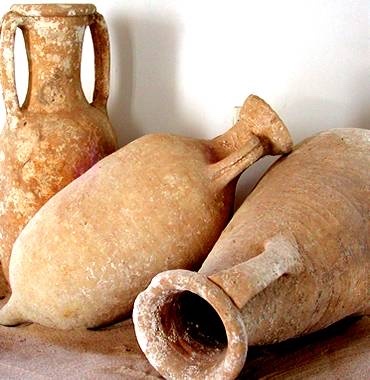
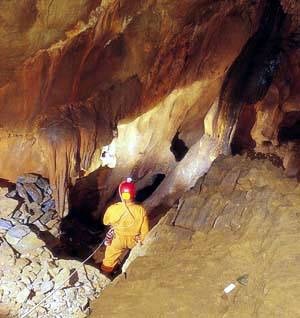
The traditional Latin name of Constantina, and the fact that it is located next to a road, traced between Astigi (Ecija) and Emerita Augusta (Merida), as well as multiple archaeological testimonies show the great development of this town in Roman times.
The wines extracted at this time became famous even in Rome itself and were known by the name of ”Cocolubis”.


Middle Ages
The city is fully consolidated under Muslim domination, as indicated by numerous remains and documentation of historians and geographers of the Caliphate La-Moorish period.
At this stage it was the center of the cora (district) of Firrish. In this Islamic period the city begins to configure its physiognomy as a compact population center. The first urban development was created in the still existing Barrio de la Moreria, located as a suburb on the southern slope of the Cerro del Castillo. This main enclosure had in its vicinity other fortified enclaves such as the existing one in the so-called Cerro del Almendro, the bastion of the Ermita de la Yedra, the castle of the Armada and some watchtowers created to reinforce the territorial control of this natural communication pass.
The Muslim Constantina was taken by the troops of Ferdinand III the Saint in 1247, who added it to the term of Cordoba. In 1258 it was annexed as a royal villa to the Kingdom of Seville by privilege of Alfonso X, donating the town and castle to the prelate of Seville. This annexation allowed it to participate in the bonanza of trade with the Indies.
Modern Age
Later it became governed by the Council of Seville due to its strategic importance in the Banda Gallega for the defense of the Christian kingdom, becoming a royal villa donated by the House of Medina-Sidonia to the Catholic Monarchs in 1478. During these years there was a gradual increase of the population that brought as a consequence the advance of the limits of the hamlet. This expansion developed towards the central and northern areas, generating two new settlements, San Jorge and Santiago, which, together with Santa Constanza, would be located on the slope of the promontory that descends to the river. In 1594 it was part of the Kingdom of Seville in the Sierra de ConstantinaThe wines extracted at this time became famous even in Rome itself and were known by the name of ”Cocolubis”.
Contemporary Age
In 1810 it suffered, like many other places in the country, the invasion of the French army, after a remarkable confrontation that took place in the streets of the town and that according to tradition cost the lives of three hundred locals. After two years of occupation it was freed from this yoke in 1812, having gone through one of the most dramatic moments in its history.
Alfonso XIII, in 1916 granted it the title of city, giving it the treatment of Excellence.
During the first half of the nineteenth century and part of the twentieth century Constantina lived its greatest economic and demographic prosperity, specifically between 1940 and 1950, reaching the figure of fifteen thousand inhabitants, who were engaged in an intense livestock, agricultural, industrial and commercial activity, highlighting several ice factories, distilleries, cork factories, oil mills, etc..
With the generalized process of deindustrialization that took place in Andalusia, the industry declined causing a population exodus. At present there is still an aniseed factory, specialized in the production of cherry cream, and wine-related industries have flourished again.


